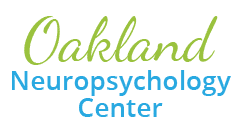
Neurological Disorders
Neurological and genetic disorders affect a number of children and adults and can be associated with learning problems. Some of these conditions are identified at birth while others may go undetected for several years. However, the learning challenges often associated with these conditions often begin surfacing early on, in childhood.
Neurological Disorders refer to diseases that involve the brain, spinal cord and nerves. They may be part of an individual’s genetic makeup, but can also be acquired through traumatic events, such as head injuries. Some of the most common disorders in children and adolescents are:
- Seizure disorders
- Tourette syndrome
- Hydrocephalus
- Cerebral palsy
- Intellectual Disabilities
- Brain malformations
Genetic Disorders are diseases that are caused by a different form of a gene called a variation, or an alteration of a gene called a mutation. They can be inherited or can occur spontaneously within a family. The following is a list of genetic conditions in which learning problems have been identified and are well documented:
- Downs Syndrome
- Fragile X Syndrome
- Williams Syndrome
- Turner Syndrome
- Velocardiofacial Syndrome (VCFS)
- Prader-Willi / Angelman Syndromes
Our staff of experts will pinpoint the challenges that individuals with these conditions often encounter. Efficient and specific teaching approaches and strategies will be recommended to help guide people impacted by these disorders.


